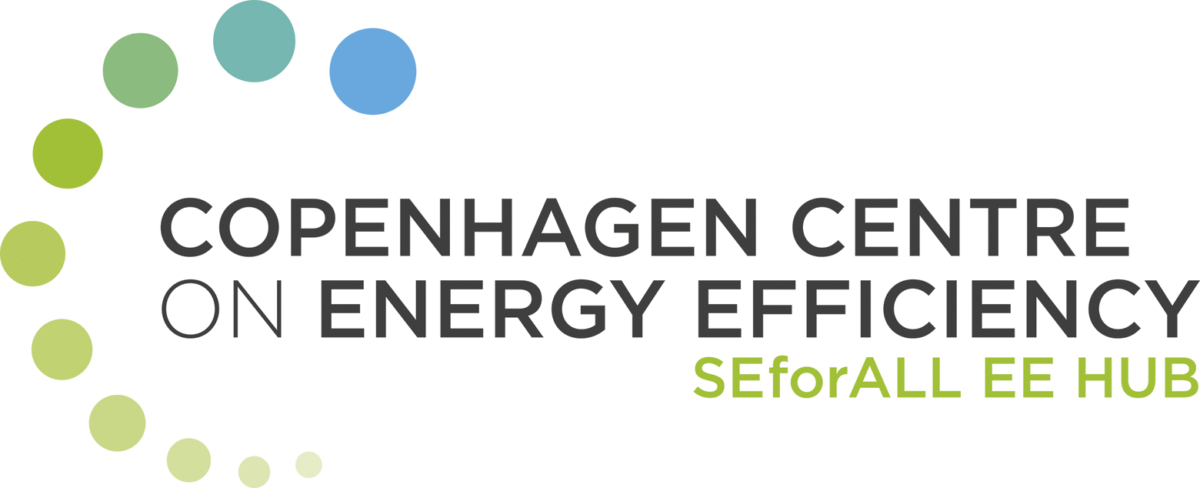The California Energy Commission (CEC) and the US Department of Energy (DOE) are in the process of setting the first minimum energy performance standards (MEPS) for computers in the US. As part of this process, CEC and DOE are referring to the ENERGY STAR qualified product listto evaluate the energy consumption profile of computers and create appropriate policy measures. This product list, however, only provides a partial view of computer energy consumption on the US market. For a number of reasons, including qualification costs and non-qualifying power supplies, a significant number of desktop and laptop models are not typically registered under the ENERGY STAR program. This is particularly the case with gaming computers – high-performance models used to play video games.
To fill this information gap and assess the impact that energy efficiency standards would have on this market segment, CLASP and partners Fiona Brocklehurst and Jonathan Wood collected technical specifications and power data for 128 high-performance gaming computers. Due to the scarcity of publicly available data on computers that do not qualify for the ENERGY STAR program, the project team collected the information from technical reviews and component manufacturer websites.
This report compares the energy performance of gaming computers with the typical energy consumption (TEC) specifications for ENERGY STAR Version 6 (v6). While test conditions from the technical review websites were not necessarily representative of ENERGY STAR testing conditions, the analysis provides the following key insights:
Computers equipped with more than half of the motherboards in the sample are already within 20% of the TEC limits required by ENERGY STAR v6. Some of the highest performance computers, such as units with the X79 chipset configurations, were able to meet v6 TEC requirements. In other words, a significant number of gaming computers on the US market already qualify, or are close to qualifying with v6.
The data shows no significant correlation between computing or graphic performance and overall system energy consumption; some of the highest performance models consumed less energy than required by v6. This indicates that computing performance is not a barrier for achieving the ENERGY STAR efficiency benchmark.
CLASP shared this analysis and an accompanying study, Energy Consumption of Computers in the Chinese Market, with DOE and CEC in October for consideration during their standard development processes. CEC plans to release a first draft of its proposed MEPS this month.
This report was written for CLASP by Fiona Brocklehurst of Ballarat Consulting and Jonathan Wood of Tenvic Ltd., with support from Pierre Delforge of NRDC.
Share this
Sector: Digital
Knowledge Object: Publication / Report
Published by: CLASP
Publishing year: 2014
Author: Fiona Brocklehurst, Jonathan Wood
